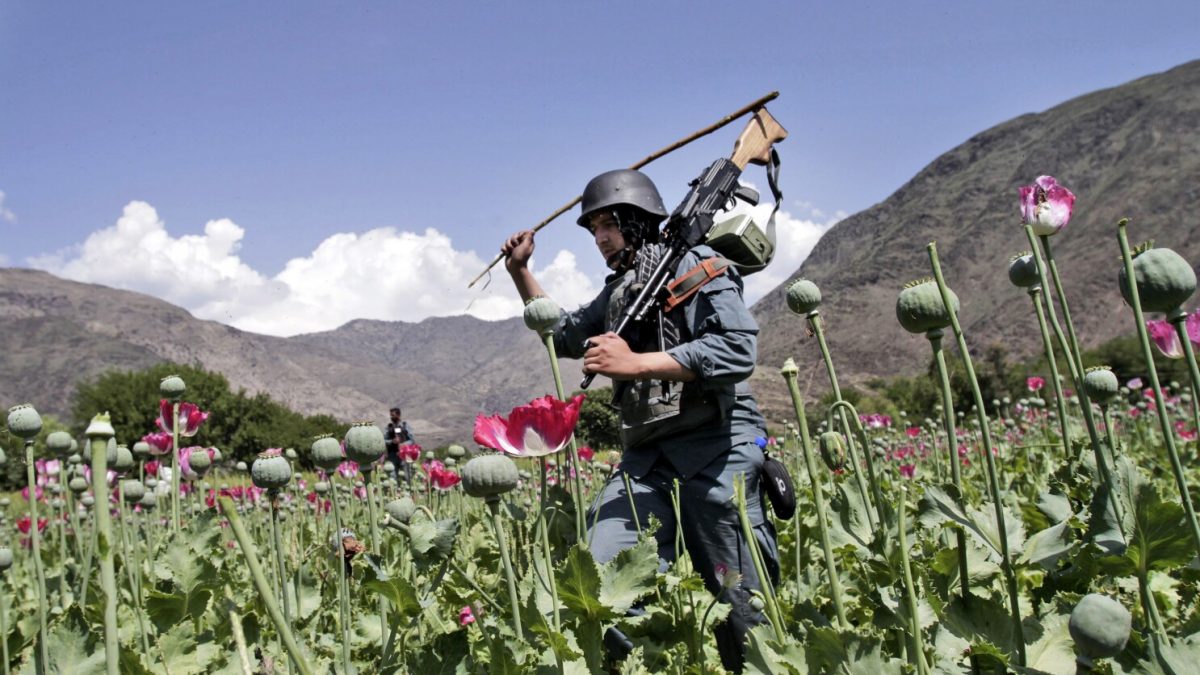Opium prices in Afghanistan have risen sharply, nearing record high and mainly benefiting large traffickers and organised crime groups, according to a report from the United Nations Office on Drugs and Crime (UNODC) on Wednesday.
In 2024, the price of opium reached $750 per kilogram, a tenfold increase from $75 per kilogram in 2022, before the Taliban-led government imposed a drug ban.
According to the UN report, the opium ban reduced production and cut heroin and opium seizures by 50 per cent since 2021, but traffickers are still making huge profits due to high prices.
Still, Afghanistan had around 13,200 tons of opium stockpiled by the end of 2022—enough to supply global demand until 2027.
“The rise in opium prices and large stockpiles show that drug trafficking in Afghanistan remains highly profitable,” said UNODC Executive Director Ghada Waly. “These profits fuel organised crime, destabilising Afghanistan and the wider region.”
She urged a coordinated effort to target trafficking networks and promote sustainable economic options for Afghan farmers.
This price surge and high profits continue to incentivise cultivation and sustain the profitability of the illicit drug trade.
Historically, Afghanistan has been a dominant player in global opium production. In the past, Afghanistan supplied over 90 per cent of the world’s illicit heroin supply.
In April 2022, the Taliban government imposed a ban on opium poppy cultivation, leading to a significant 95 per cent reduction in production by 2023.
After the ban, opium poppy harvests dropped 95 per cent across Afghanistan. However, by the end of 2024, poppy cultivation increased again, reaching 12,800 hectares—nearly 20 per cent more than in 2023, according to the UNODC.
Impact Shorts
More ShortsTraditionally, the Southwest was the main opium-growing region, but in 2024, the Northeast became the new centre, accounting for 59 per cent of total production, especially in Badakhshan province.
Despite the shift, Helmand province, a Taliban stronghold in the South, saw a 434 per cent rise in cultivation.
)